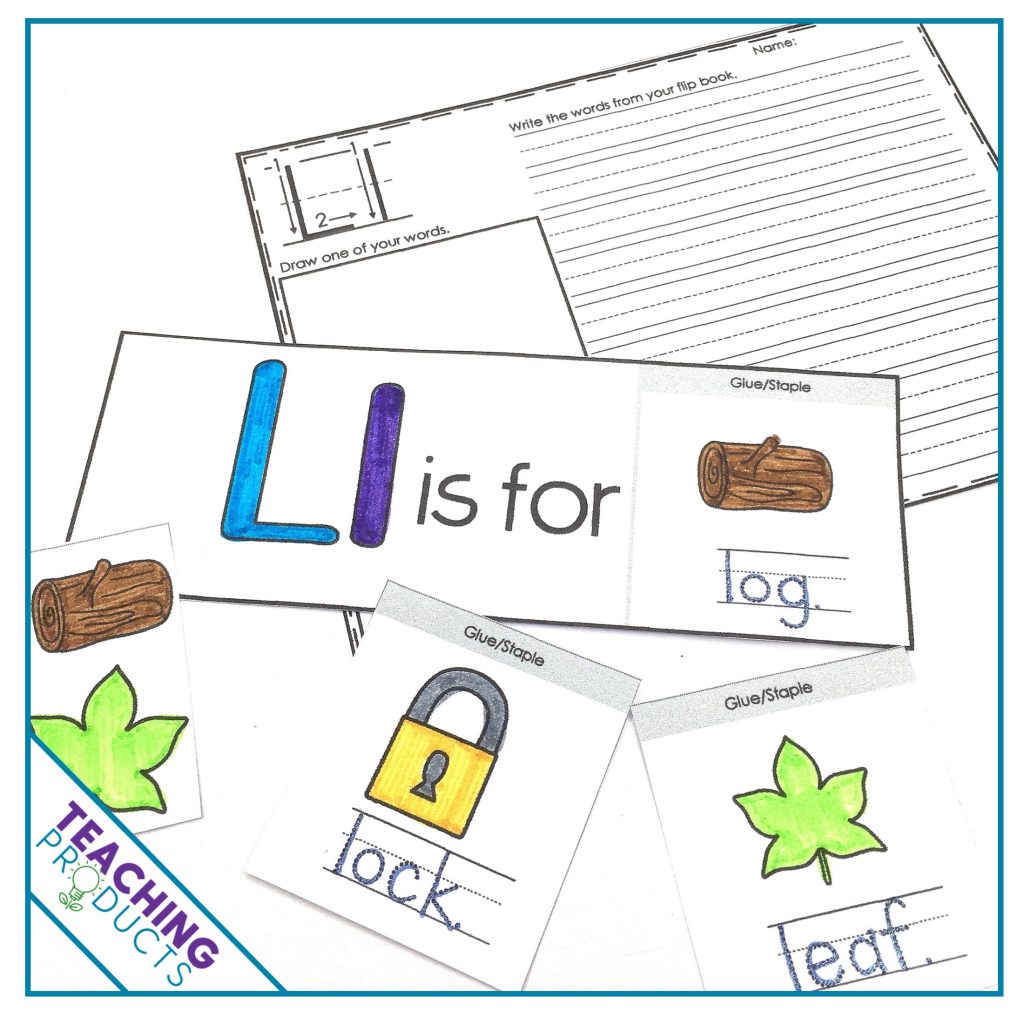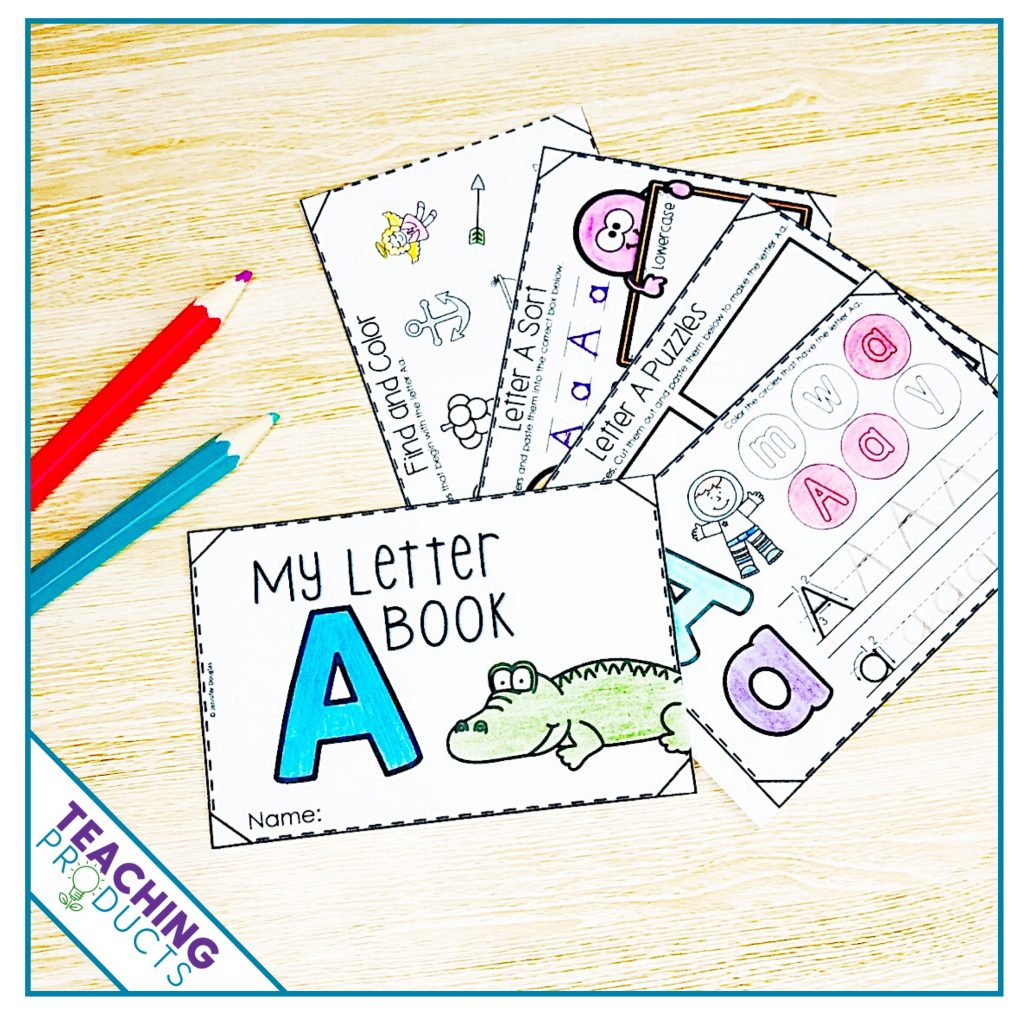In this post I’ll be sharing how I teach my phonics lessons
This content may contain affiliate links. Please read my disclosure policy to learn more about this.
I love teaching phonics to early readers, seeing their little faces light up with the realization that they’ve mastered another sound, another word, or when they run up to me in the playground to say “Jack said f-u-*-*” – you get where I’m going with that one, and sure, you can’t spell your name but you can spell that word!

Phonics Defined
The sounds made by individual letters or blends

Why are Phonics Important?
Phonics knowledge allows early readers to decode letters and words, which is an essential skill when reading unfamiliar words independently. Effective phonics instruction is important because the letter-sound knowledge forms the basis for reading and writing success.
What Does a Good Phonics Lesson Look Like?
Well, this depends on where your students are at with their learning. Phonics lessons should generally begin with letter sounds, teaching each letter explicitly and systematically before moving on to the next. Some teachers like to use a Letter of the Week approach, whereas others prefer to move students along much faster than this. Ultimately the decision is yours (unless you teach in a school where this decision is made for you!).
Where to Start with Phonics Instruction
I’m often asked what order the letters should be taught in. In my opinion, it doesn’t really matter. I prefer to use the
What do I Need to Teach?
In the district I teach in, we’re required to teach the following reading skills by the end of the first year of school (age 5-6):
- Recognize all upper- and lower-case letters and their most common sound
- Blend sounds to make one syllable words like c-a-t
By the end of the second year of school (age 6-7), our students are expected to recognize:
- Short vowels
- Common long vowels
- Consonant digraphs
- Consonant blends
They are also required to spell one and two syllable words with common letter patterns such as tree or star. While many students learn a lot of common sight words (high-frequency words) in their first year of school, this isn’t part of our curriculum until the second year of school.
By the end of the third year of school (age 7-8), our students should be able to:
- Understand how suffixes change a word
- Recognize many common letter-sound matches such as silent letters, common long vowels, trigraphs, and vowel digraphs
What I Include in my Phonics Lessons
I provide a variety of focused opportunities for students to really master each letter (grapheme) and sound (phoneme). I use a variety of picture books, student-made books, printables, tactile manipulatives, and center activities to really reinforce the letter and sound. Letter sounds form the basis for decoding skills. It is essential that these are cemented firmly in young minds.

How I Start a Phonics Lesson
I begin by introducing the letter, asking students to name the letter and then make the sound. Some phonics programs ask students to make the sound first, then name the letter. There’s heaps of research that supports both ways, so this is entirely up to you. We might then read a simple text that focuses on a specific letter or sound. Our class favorite is the Meet the Phonics set by Scholastic. I include some incidental learning here by commenting on how I hold the book, turn the pages, read the words, etc. Using books with repeated structure is great for these lessons as students learn the structure and are then able to join in with the reading. I then ask my students to write the letter (I love this class set of individual dry-erase lapboards) and I provide support and feedback as needed for letter formation and pencil grip.
Hands on Practice
Next, it’s time for some individual practice. This is a great opportunity for students to explore their learning, and extend upon previous lessons. Depending on student needs, my students might individually create a letter book, or they might work together on a center activity involving manipulatives or tactile resources.
Long Term Phonics Lessons
Over time, students should have opportunities to practice each of the following:
- Letter sounds
- Initial sounds
- Medial vowel sounds
- Final sounds
- Rhyming
- Onset and rime
- Syllables
- Short vowels
- Long vowels
- CVC words
- CVCe words
- Blends/phonemes
- Digraphs
- Beginning digraphs
- Ending digraphs
- Short/long vowel mix
As students develop these skills, they also need opportunities to practice their new skills. Providing simple, age- and level-appropriate decodable texts is essential. Reading is a skill that develops over time with repeated exposure and practice. This is a skill that should be practiced daily, both in the classroom and at home.
What are your favorite ideas or strategies for teaching phonics? Leave a comment below to let me know!


